These charismatic orange fish display brilliant white stripes and make their homes among the stinging tentacles of sea anemones In these waters, clownfish are hosted by two different species of sea anemone, the giant carpet anemone and the magnificent sea anemoneBerghia nudibranches will as an example only eat Aiptasia and not Majano Anemones Another type of very common aggressive pest anemone It can be hard to identify Aiptasia and other polyps while they are still small but once they are fully formed it gets a lot easier It can however sometimes still be a challenge Bulb Anemone (Entacmaea quadricolor) – The bulb anemone is one of the most commonly used anemones in the aquarium hobbyThis species is named for the bulblike tip at the end of each tentacle These anemones typically have brown columns with green, brown, or bright orange tentacles

Clownfish Sea Anemones A Symbiotic Relationship Video Lesson Transcript Study Com
Types of anemone fish
Types of anemone fish-Number of anemone species Numbers are even smaller at the peripheries of their range For example, one kind of fish and three of host anemones are known from the Comoro Islands, and no clownfishes but one host sea anemone species occurs in Hawaii These anemones, and their anemonefishes, exist only in shallow water, no deeper than SCUBA Anemones have long been a favorite flower of florists, brides, and anyone who seeks clear, vibrant colors in the garden A member of the Ranunculus family, the Anemone genus includes at least 63 species Of those, a relatively small number formed the basis for most of the named hybrids and cultivars now grown as garden plants



Ocellaris Clownfish Amphiprion Ocellaris Aquatic Community
The best anemone survival rates that we have found are among the smaller anemones and also one of the carpet anemones, the saddle anemone Another anemone that is very common is the Bubble Tip Anemone Entacmaea quadricolor , also called the purple base or pink tip anemone Sea anemones are amongst the most venomous organisms on earth and yet there are species of fish and crustacea that are known to tolerate anemone venoms and live in association with them in a mutually beneficial relationship One of natures most compelling displays of symbiotic behavior is found in the relationship between anemonefish and theirBubbletip anemones, also known scientifically as Entacmaea quadricolor, are a species of sea anemone often paired in aquariums with clownfish They are incredibly beautiful and come in a variety of colors such as brown, green, orange, red, and rose pink
Anemonefish belong to the family of the damsel fish They can be found in the Red Sea, the Indian and the Pacific Ocean However, in the Caribbean, they are not found at all The colour varies depending on the species from orange, orangered, burgundy and even yellow or black Most species have white bars or stripes on their bodiesThe 4 anemone species known to host Amphiprion ocellaris are Entacmaea quadricolor , the BubbleTip or Rose Anemone (but only known in captivity, not on natural reefs) Heteractis magnifica , the Magnificent Sea AnemoneGeneral common names the various Urticina anemones are known by include the Mottled Anemone, Painted Urticina, Northern Red Anemone, Painted Tealia, Red and Green Anemone, Northern Red Anemone, Dahlia anemone, and Thickpetaled rose anemone These common names are often used interchangeably, but there is one generally accepted common name for
Clarkii clown anemonefish In the family of clown fish this is one of those that reach a larger size reaching 14 cm It's also one of the most aggressive of the amphiprion genus The Clarkii clownfish is one of the most common, longlived and resistantMagnificent sea anemones are prey on fish and invertebrates Heteractis magnifica are hosts to many types of clownfish that are resistant to the toxins produced by the anemone This mutualism benefits both animals, because the clownfish chase away predators of the anemone and bring the anemone food, while gaining protection within the tentacles of the anemone for themselves and Amphiprion includes all of the Damsel Fish that have formed a symbiotic relationship (mutually beneficial relationship), with Anemones Only 10 species of Anemone will host the 30 species of Anemone Fish that are found worldwide The Anemone Fish will feed the Anemone with its own waste products, as well as dropping particles in its mouth




Anemones Sea Anemones And Tube Anemones Actiniaria And Ceriantharia Types Of Sea Anemones And Tube Anemone With Sea Anemone Pictures




Best Type Of Anemone For Clownfish To Host Reef2reef Saltwater And Reef Aquarium Forum
Anemone fish, often known as Clownfish, are the most popular fish from sea and very popular with the aquarists tooHowever the behaviour of few species who form a symbiotic relationship with the anemones, makes them the very interesting inhabitants of the domestic aquariumThe symbiosis anemone protects them and the anemone fish even protect their partner anemone The Clownfish Anemone Compatibility Chart on this page lists some of the various anemone species along with compatible clownfish species that they can form a symbiotic relationship with This relationship is called "sybmiotic" because both species benefit The clownfish can protect the anemone from predation from certain anemone eating fishAnemone fish, (genus Amphiprion), any of about 30 species of IndoPacific fishes constituting the genus Amphiprion of the family Pomacentridae (order Perciformes), noted for their association with large sea anemones Anemone fishes live and shelter among the tentacles of the anemones, swimming in and out unharmed by the stinging cells (nematocysts) that are present on the




Maroon Clownfish Care Guide Tank Setup Mates Breeding




Anemone Fish Animal Britannica
Agree with Dave Which clownfish species will determine which anemones In a anemone and clown fish tank, the anemone is a much harder animal to keep The tank need to be set up for the anemone Clown fish will be fine in almost any tank Certainly if you can keep anemone alive you can keep clownfish alive Host Anemones for the Tomato Clownfish Entacmaea quadricolor (Bubble Tip Anemone) Heteractis crispa (Leathery (Sebae) Sea Anemone)Anemone fish definition, any of several small colorful damselfishes of the genus Amphiprion, as the clown anemone fish, that occur in association with certain tropical marine anemones See more




Anemone Fish Animal Britannica




Clownfish National Geographic
Ocellaris, False Percula (Amphiprion ocellaris) Clownfish Host Anemones Magnificent Sea Anemone (Heteractis magnifica) Giant Carpet Sea Anemone (Stichodactyla gigantea), Merten's Carpet Sea Anemone (S mertensii) Within these species, only select pairs of anemone and clownfish are compatible Together, they are obligatory symbionts, which means that each species is highly dependent on the other for survival Symbiosis between the two species is achieved in a variety of ways including a mutual protection from predators, an exchange of nutrients, and the clownfish's tolerance ofThere are 28 species of Anemonefish with the Maroon female Clownfish Premnas biaculeatus being the largest at 65 inch (17 cm) and Amphiprion thiellei being the smallest at 35 inch (9 cm) Most are found along coastal protected reefs, generally in shallow waters and usually in small groups near their favorite anemone




Clownfish Sea Anemones A Symbiotic Relationship Video Lesson Transcript Study Com




Types Of Clownfish And The Anemones That Love Them Clown Fish Anemone Sea Animals
Types of Sea Anemones 1 Beadlet Anemone (Actinia equina) 2 Tube Anemone (Cerianthus spp) 3 Bubble Tip Anemone/Rose Bubble Anemone (Entacmaea quadricolor) 4 Condy Anemone/PinkTipped Anemone (Condylactis gigantea) 5 Haddon's Carpet Anemone/Saddle Carpet Anemone (Stichodactyla haddoni)Pomacentridae) and host sea anemones are well known, but host anemones are also used as shelter by damselfish (Pomacentridae), wrasses (Labridae) and cardinalfish (Apogonidae) The threespot dascyllus Dascyllus trimaculatus (Pomacentridae) is known to live on or near host List Of Ocean Animals A Through Z Owlcation Heteractis Magnifica Southern California Species Cabrillo Marine Aquarium After 25 Million Years The Great Barrier Reef Is Dead Or Is It Aquarium Invertebrates Tube Anemones Advanced Aquarist Corals Anemones And Jellyfish Te Ara Encyclopedia Of New Zealand



Clownfish Identification Part 2 2 Aquaviews



Red Sea Clownfish Wikipedia
The tentacles of many types of anemones will sting fish that get too closeThe anemone's mouths were framed in deep red and grey rays that stretched to the base of the zebra striped tentacles, some of which had flashes of green at their bases The mouth of the gem anemone Truly one of our most spectacular anemones, people rarely notice the gem anemone because it is only a few centimetres across even when fully grownSea anemones are the marine, predatory animals of the order Actiniaria They are named after the anemone, a terrestrial flowering plant, because of the colourful appearance of many Sea anemones are classified in the phylum Cnidaria, class Anthozoa, subclass Hexacorallia As cnidarians, sea anemones are related to corals, jellyfish, tubedwelling anemones, and Hydra
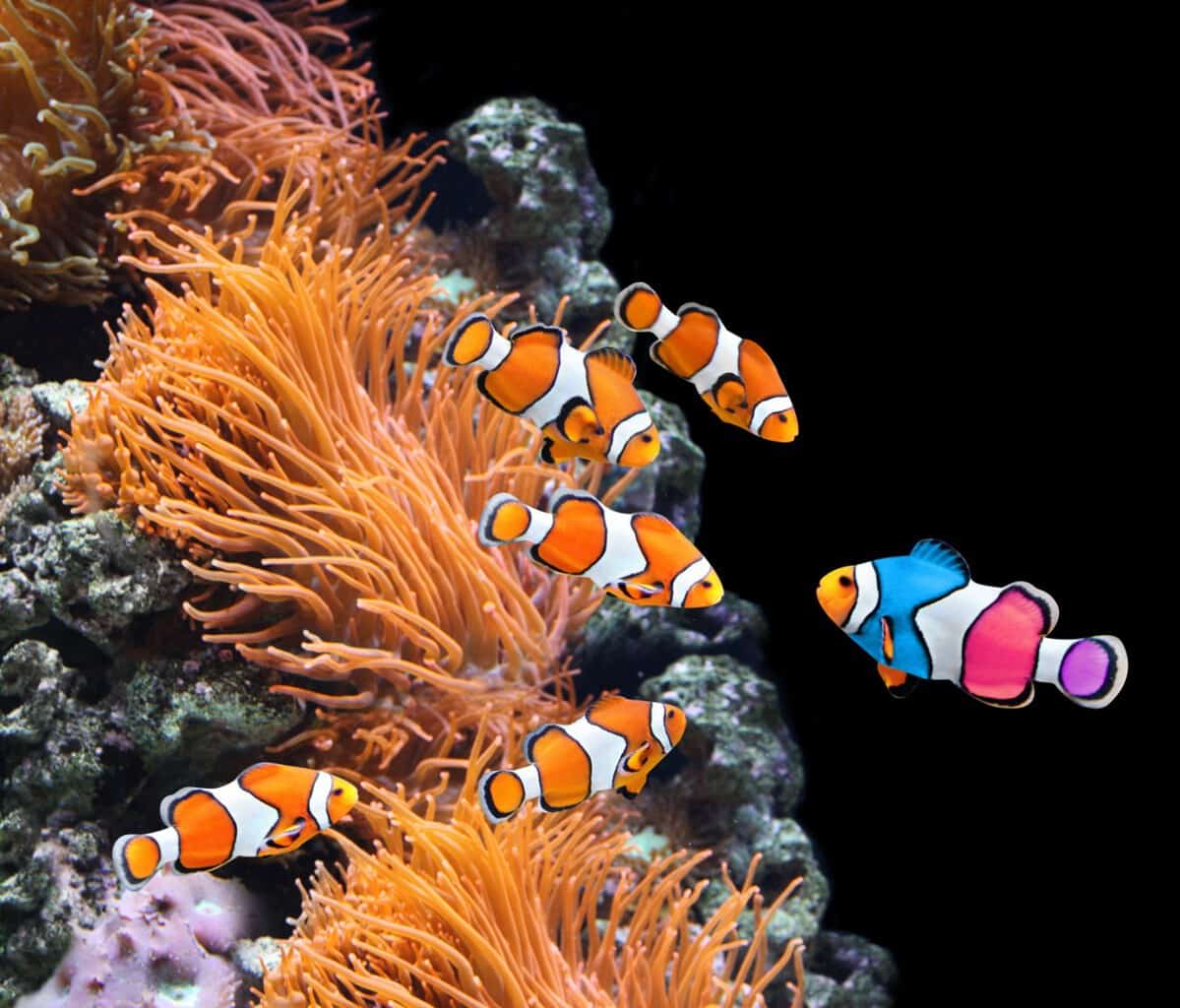



Clownfish Varieties 9 Most Popular Clownfish For The Home Aquarium Fishkeeping Forever




Amphiprion Percula Discover Fishes
Many anemone species are hardy, and with careful selection all levels of marine aquarists can enjoy keeping sea anemones Anemones Anemone are among the most fascinating of the ocean's inhabitants feed raw, minced meaty seafood items (shrimp, shellfish, fish, and krill to name a few, attained from your local grocery store), chopped toAt the National Aquarium, you'll find 16 different species of sea anemones A Note from the Caretaker Like jellies, coral and all other cnidarians, sea anemones have only one opening, which means food enters and waste exits from the same placeClark's Clownfish (Amphiprion clarkii) Pink Skunk Clownfish (Amphiprion perideraion) Saddleback Clownfish (Amphiprion polymnus) True Percula Clownfish (Amphiprion percula)




Identifying Types Of Anemonefish Oceans To Alpines
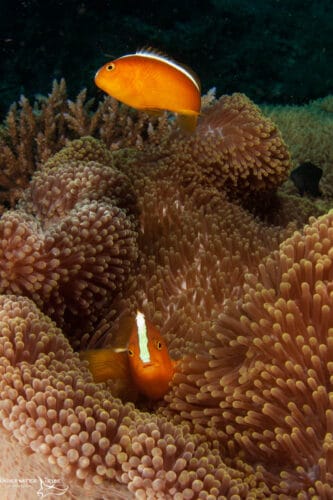



Clownfish More Than Nemo Underwater Tribe
Anemone shrimp will occasionally live among sea cucumbers In addition to anemones, anemone shrimp sometimes make homes among sea cucumbers and coral, and are often found near the equally passive clownfishThe anemone shrimp's choice of shelter affords more than just a hiding place;Pomacentridae) and host sea anemones are well known, but host anemones are also used as shelter by damselfish (Pomacentridae), wrasses (Labridae) and cardinalfish (Apogonidae)Browse 35 orange anemone fish stock photos and images available, or start a new search to explore more stock photos and images anemone and orange clown fish orange anemone fish stock pictures, royaltyfree photos & images clown fish orange anemone fish stock illustrations




Identifying Types Of Anemonefish Oceans To Alpines




Amphiprion Akindynos Wikipedia
Anemonefish definition is clown fish How to use anemonefish in a sentenceReef Fish Coral reefs cover about 1% of the world's oceans but about a quarter of all fish species are reef fish The complex environment of the coral reef provides many specialized niches for enterprising species None is more amazing than the anemone fish (think Nemo) Abstract The mutualistic relationships between anemonefish ( Amphiprion;




11 Types Of Sea Anemones To Add Movement To The Marine Tank




Amphiprioninae Wikipedia
Anemone Common name anemone These charming plants include both earlyflowering bulbs and lateflowering perennials All have open, usually cupshaped flowers, sometimes double or daisylike with many petals Depending on the type, they can be grown in borders, around trees and shrubs, or in containers Many species will do fine without any supplementary feeding if kept with other invertebrates and a few fish, sustaining themselves on leftovers Having said that, the Carpet anemones (Stichodactyla spp), being aggressive and predatory, may benefit from finelychopped meaty foods twice a week — but be cautious rather than risk pollution through overfeeding Abstract The mutualistic relationships between anemonefish (Amphiprion;




Anemonefishes Damselfishes Or Clown Fishes Amphiprioninae Characteristics Ecology And Range Behavior




Ocellaris Clownfish Amphiprion Ocellaris False Percula Clownfish
> Sea Anemone ANEMONE FISH SYMBIOSIS A symbiotic relationship exists between amphiprion percula (clownfish) and sea anemones Protection from predators and supplying extra food sources provides benefits for both species Energetic fish activity improves water movement and aeration around sea anemone tentacles and the fish's excrement Mainly, you cannot keep all clownfish species with the Sebae anemone in the same tank Bellow are specific clownfish species that can live with this anemone These are;Sea Anemones are named after the Anemone flower They are a predatory animal that releases a toxin to paralyse its prey The prey is then moved into the anemones gastro vascular cavity The poison secreted by a sea anemone affects fish and crustaceans The Clown Fish or Anemonefish however has a mutually symbiotic relationship with the sea




Anemones And Clownfishes 3 Symbiotic Pairs Tfh Magazine




Clown Fish Are Among The Most Popular Fish At The Similans
Anemone fish, made famous by the animated blockbuster "Finding Nemo" are some of the most interesting species one will find on a coral reef Commonly referred to as clownfish, these little critters, belonging to the damselfish family (Pomacentridae) are never to be found without an anemone




The Skunk Anemonefish Whats That Fish




Amphiprion Perideraion Discover Fishes




How Long Do Clownfish Live All About Clownfish Lifespan




The Clowns Of The Ocean Anemonefishes Of The Indo Pacific X Ray Mag




Amphiprion Ocellaris Discover Fishes



1




Clownfish Anemone Compatibility Chart



There Are 28 Different Species Of Anemonefish
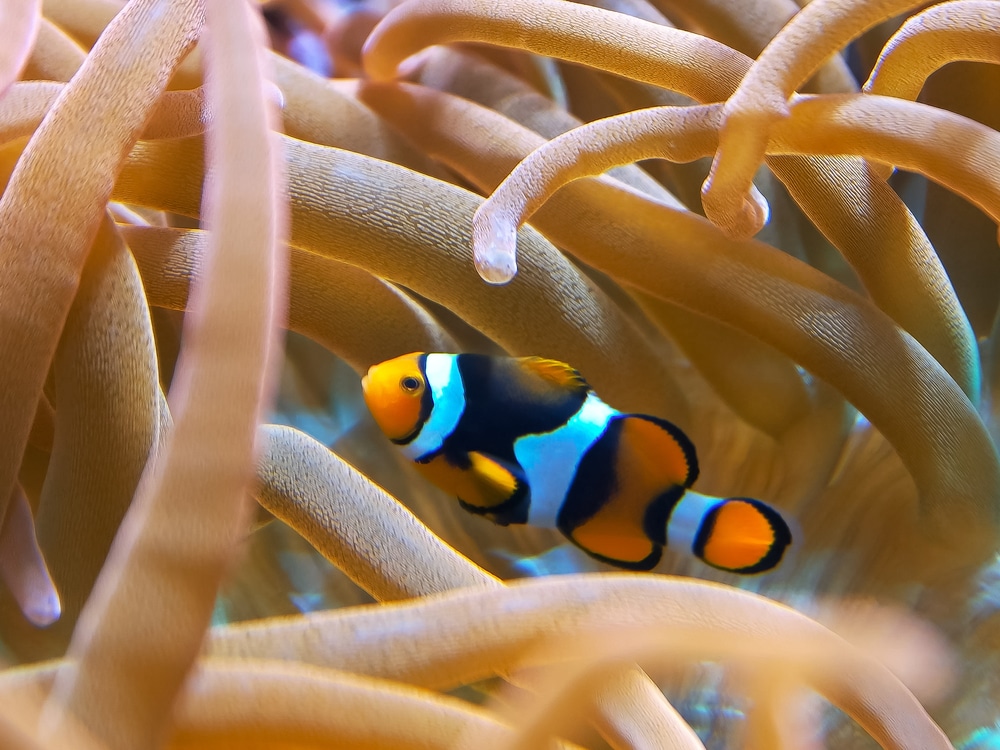



8 Popular Types Of Clownfish Clownfish Species Guide




Do Clown Fish Really Need Sea Anemones Symbiotic Analysis




The False Clown Anemonefish Whats That Fish




Types Of Clownfish And The Anemones That Love Them Wild Animals Photography Clown Fish Sea Anemone



1




The Clowns Of The Ocean Anemonefishes Of The Indo Pacific X Ray Mag




15 Fascinating Clownfish Facts And Information For Kids Clown Fish Sea Anemone Ocean Creatures




Anemone Fish



Ocellaris Clownfish Amphiprion Ocellaris Aquatic Community




Clown Anemonefish National Geographic Society




Orange Clown Anemone Fish Britannica




Common Clown Fish Britannica




Identifying Types Of Anemonefish Oceans To Alpines




Underwater Closeup Of Skunk Anemonefish Coral Stock Photo Download Image Now Istock




Shades Of Orange Clownfish By The Numbers Poseidon S Web




Guide For Keeping Anemones In A Reef Tank




Common Clownfish




Adult Color Patterns Of Clownfish Species Pictures Of Adult Download Scientific Diagram




8 Easy Types Of Anemones For Your Saltwater Aquarium




Anemone Fish Of Koh Tao Thailand Master Divers Koh Tao Thailand




Fish Eating Anemone Georgia Aquarium



Discover The Hidden Secrets Of The Western Clownfish Species




Issue Of Solomon Islands Postage Stamps Types Of Anemone Fish 738x556 Png Download Pngkit



Saddleback Clownfish Wikipedia




Another Species Of Clownfish Living In Maldives The Clark S Anemonefish Amphiprion Clarkii In Its Bubble Tip Anemone Entacmaea Quadricolor At Muthaafushi Thila Baa Atoll Close By Coco Palm Dhuni Kolhu Coco Cares




Clown Anemonefish Georgia Aquarium



Clownfish Aquatic Community




Clownfish Facts Great Barrier Reef Foundation Great Barrier Reef Foundation




The Clowns Of The Ocean Anemonefishes Of The Indo Pacific X Ray Mag




Getting A Clownfish To Live In A Host Anemone Ocellaris Clownfish




How Clownfish Avoid Sea Anemone Stings Biological Strategy Asknature




Symbiosis Anemonefish Reef Life Of The Andaman Part 18 Youtube




Top 17 Clown Fish Facts Diet Habitat Types More Facts Net




11 Types Of Sea Anemones To Add Movement To The Marine Tank




Common Clown Fish Britannica




Symbiosis The Art Of Living Together National Geographic Society




How Clownfish Avoid Sea Anemone Stings Biological Strategy Asknature




The Secret Life Of A Clownfish Cnrs News




Types And Directions Of Benefits In The 3 Way Mutualistic Network Among Download Scientific Diagram




8 Popular Types Of Clownfish Clownfish Species Guide
:max_bytes(150000):strip_icc()/clownfish_sea_anemone-581b994d3df78cc2e879cc71.jpg)



Clownfish And Host Anemone Matches




Identifying Types Of Anemonefish Oceans To Alpines
/red-saddleback-clownfish-closeup-with-sea-anemone---thailand-496315514-fad04249213f49d2ade9f4c2d497bac9.jpg)



Fire Clownfish Fish Breed Profile




Choosing Which Anemone Species To Call Home Has Dramatic Consequences For Young Clownfish




Identifying Types Of Anemonefish Oceans To Alpines




Clownfish And Anemone Youtube




Amphiprion Omanensis Wikipedia




Identifying Types Of Anemonefish Oceans To Alpines




There Are Lots Of Different Types Of Anemone Fish There Picture Of Walindi Plantation Resort Kimbe Tripadvisor




Nemo Fish Sea Anemone Anemone Fish Amphiprioninae Clownfish Stock Photo Alamy




Barrier Reef Anemonefish Amphiprion Akindynos Allen 1972 The Australian Museum




Clownfish Facts Great Barrier Reef Foundation Great Barrier Reef Foundation
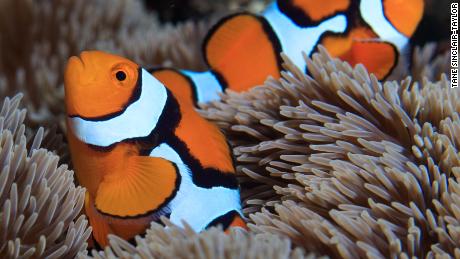



Nemo Findings How Quickly Clownfish Gets Stripes Depends On Which Sea Anemone It Lives In Cnn




Finding Nemo S Family Tree Of Anemones Technology Networks




Identifying Types Of Anemonefish Oceans To Alpines



Sea Anemones Flowers Of The Ocean Aquaviews Leisure Pro




Facts About Clownfish Live Science
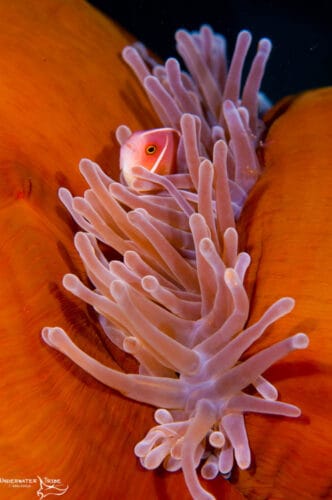



Clownfish More Than Nemo Underwater Tribe
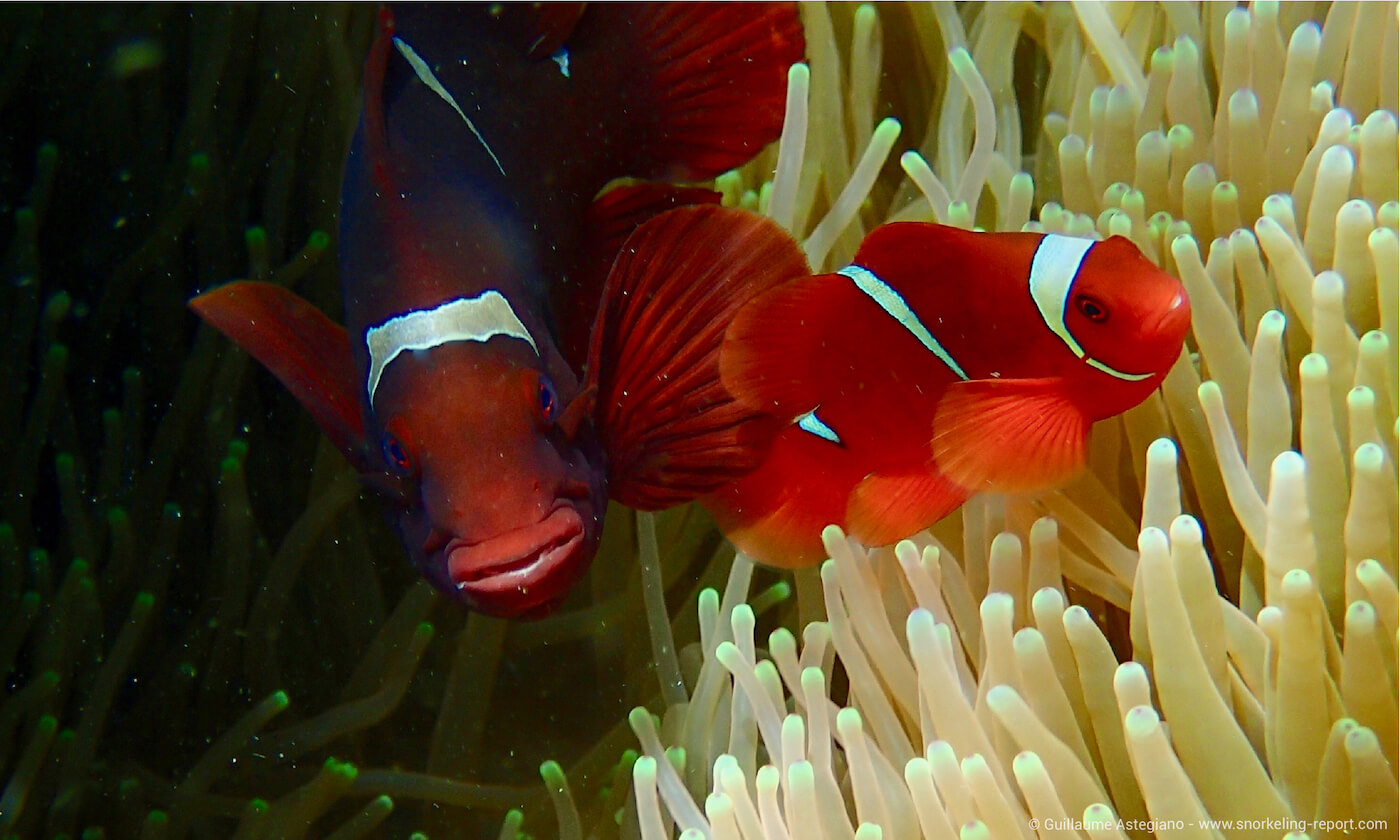



Top10 Best Snorkeling Spots To See Clownfish Snorkeling Report




Clownfish National Geographic




Shades Of Orange Clownfish By The Numbers Poseidon S Web



Clownfish Biology




Anemone Fish Animal Britannica




Clownfish In The Reef Aquarium Ratemyfishtank Com




Ocellaris Clownfish Wikipedia




Carpet Anemone Care Tropical Fish Hobbyist Magazine




Identifying Types Of Anemonefish Oceans To Alpines




22 Types Of Clownfish Species Finding Nemo All Over The World
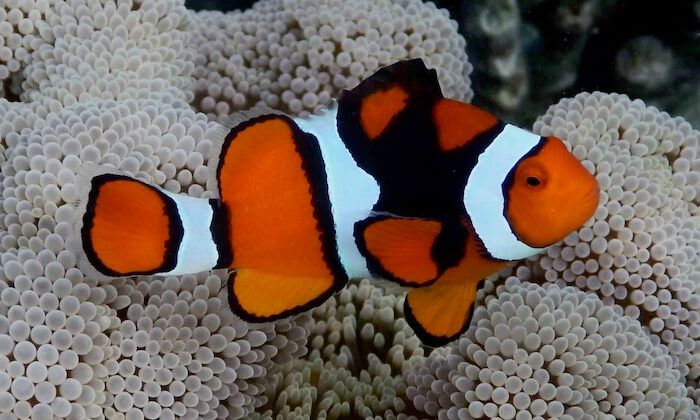



Clownfish Identification Guide Snorkeling Report




Identifying Types Of Anemonefish Oceans To Alpines




8 Popular Types Of Clownfish Clownfish Species Guide



Sea
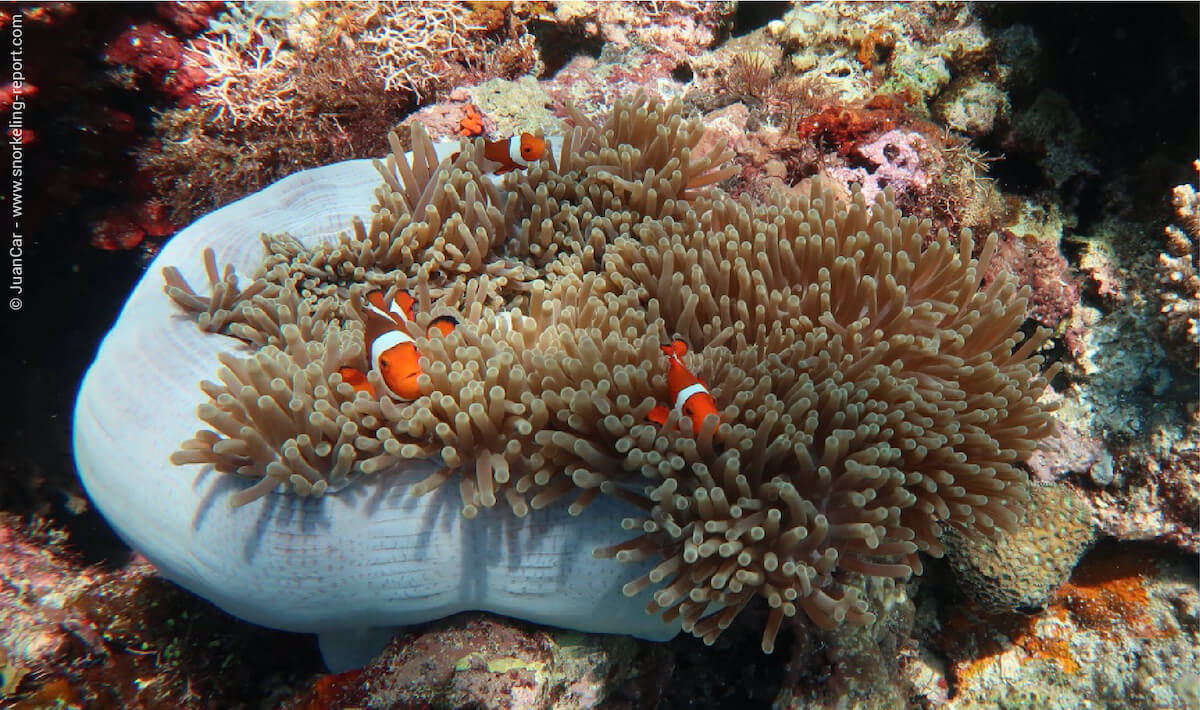



Clownfish Identification Guide Snorkeling Report



1


